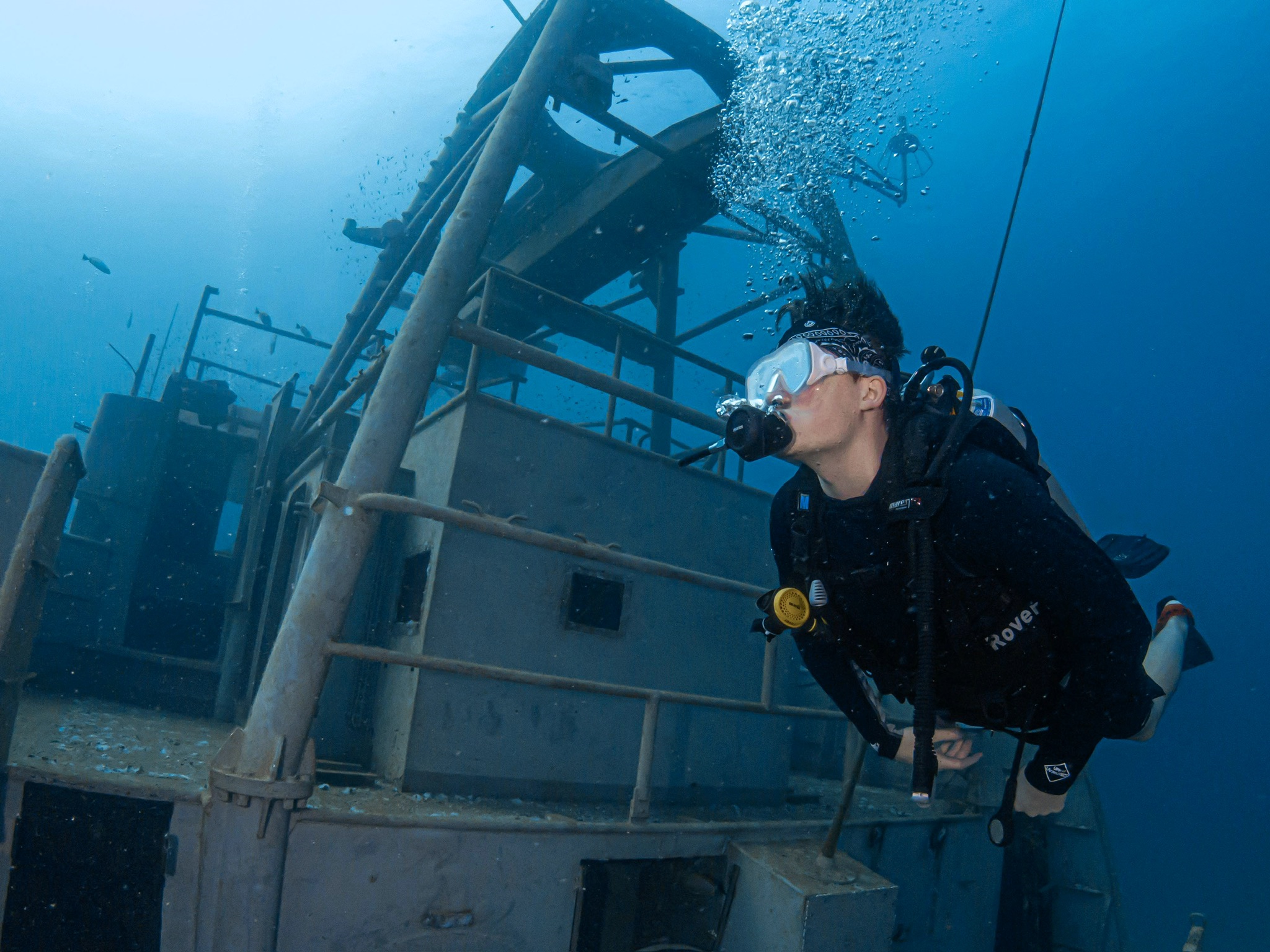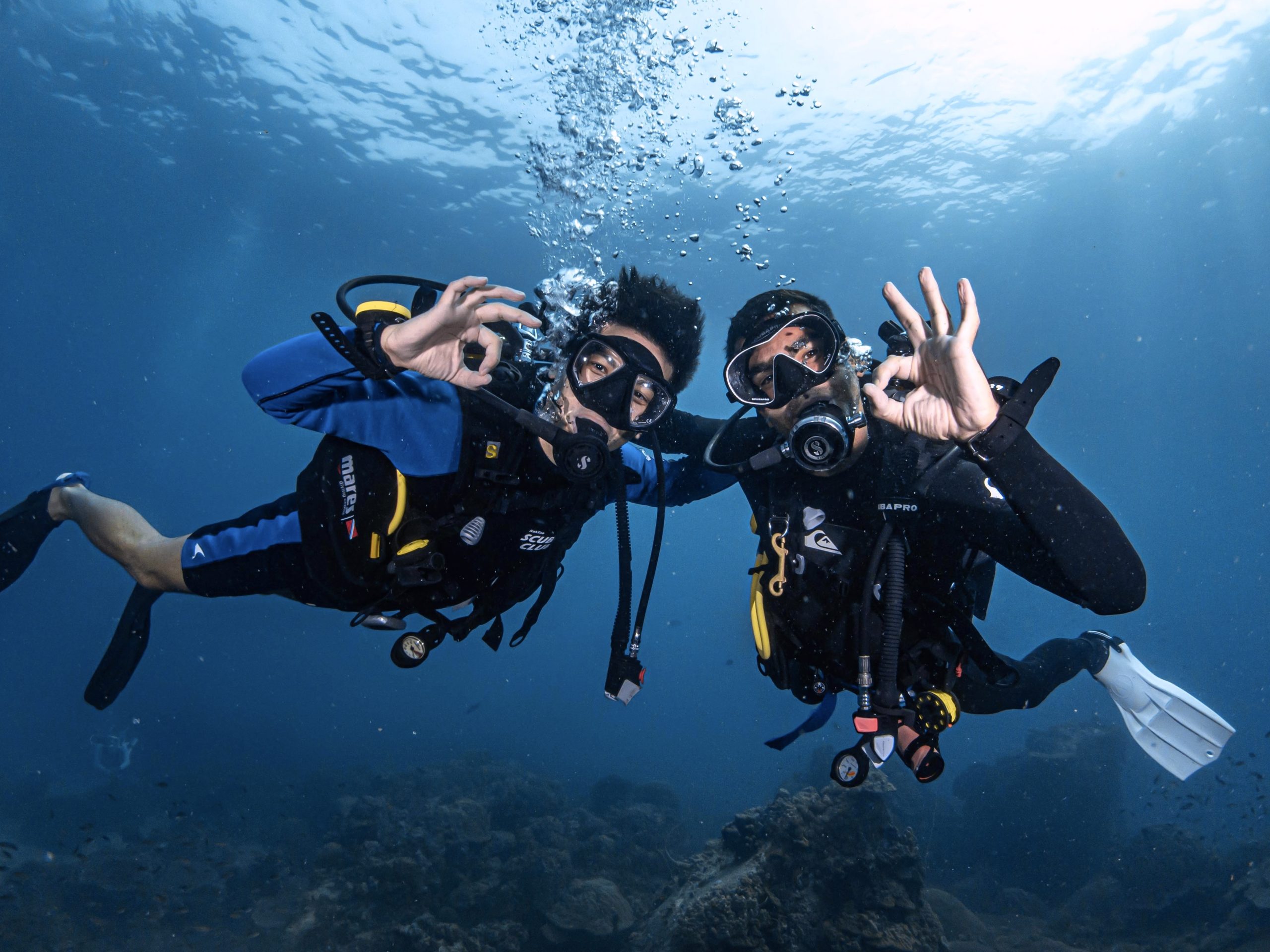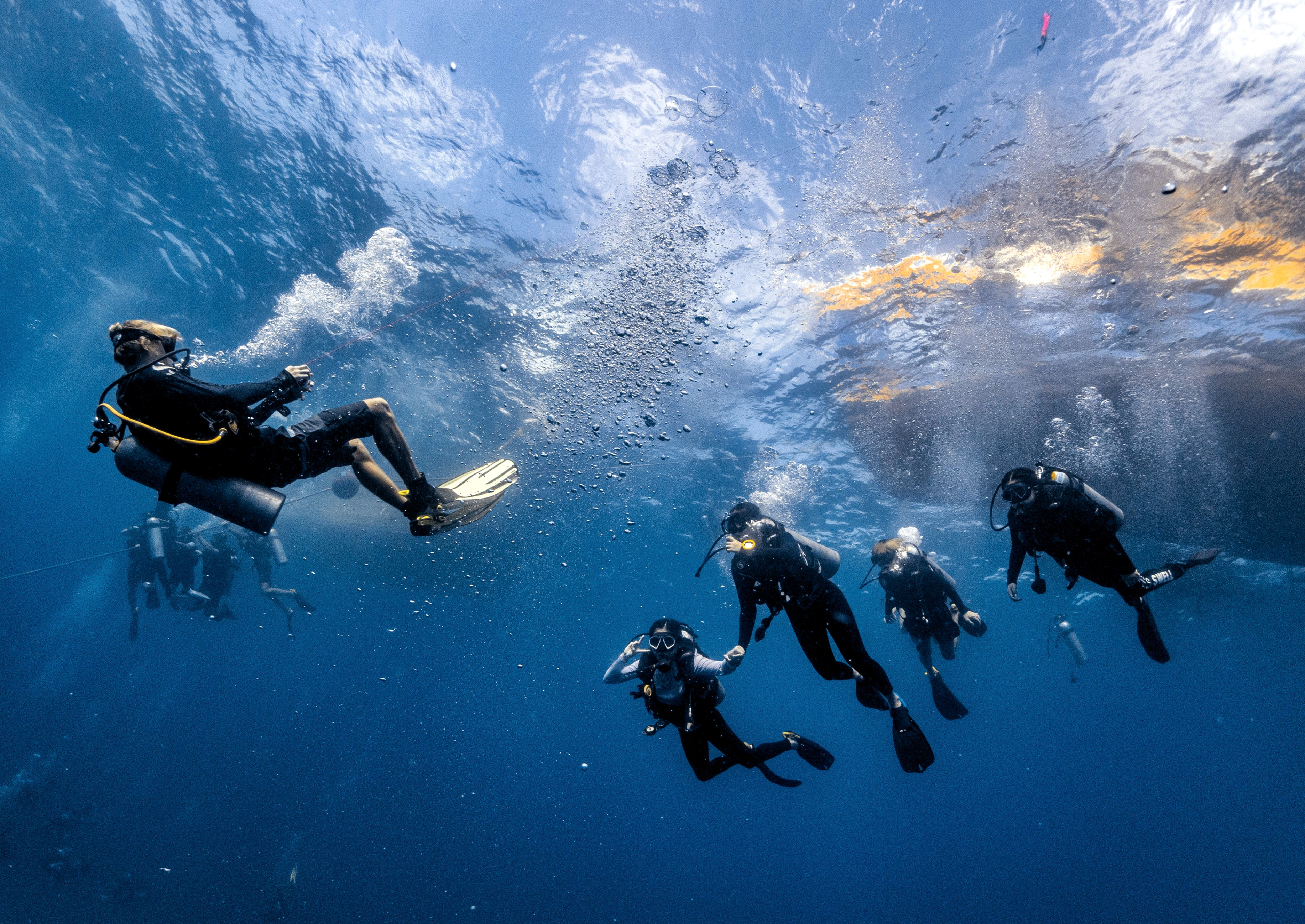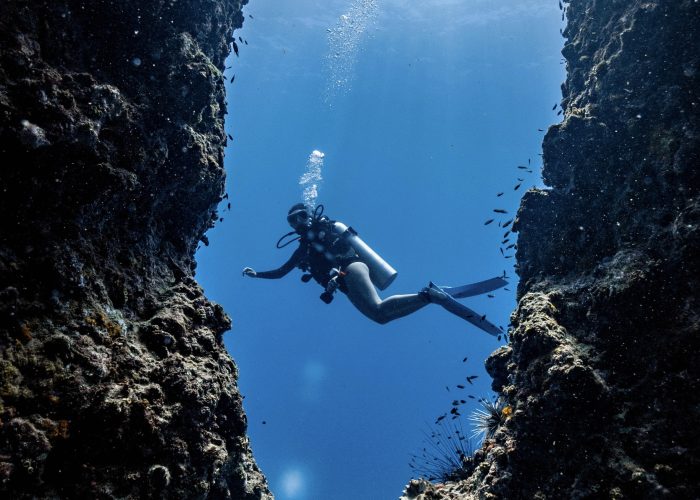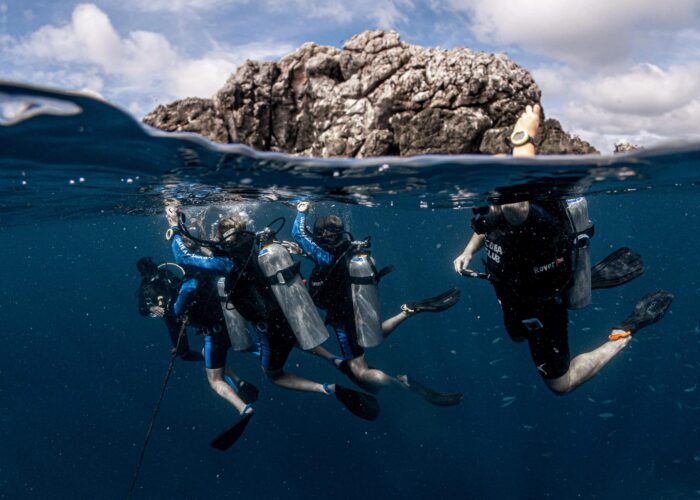Becoming a dive instructor is a dream for many scuba diving enthusiasts. The opportunity to share your passion for the underwater world with others while making a career out of it is incredibly rewarding. If you’re considering a career as a diving instructor, then you might be thinking about which certification path to follow. One of the most respected and globally recognized diving agencies is Scuba Schools International (SSI). This guide will walk you through the requirements and steps to become an SSI Dive Instructor.
What is SSI?
Scuba Schools International (SSI) is a global leader in dive training, with a reputation for providing top-notch education and training across the world. SSI’s diving courses are known for their quality, consistency, and innovative approach to scuba education. SSI offers training for divers at all levels, from beginner to professional, and its courses are available in over 50 countries around the world.
To become an SSI Dive Instructor, you need to follow a clear path that starts with foundational courses and progresses through several certifications, including an Instructor Training Course (ITC). But before we dive into the steps, let’s take a look at the basic requirements you need to meet.
Requirements to Become an SSI Dive Instructor
Before you can take the leap into becoming a certified SSI Dive Instructor, there are certain requirements you must fulfill. Here’s a breakdown:
1. Minimum Age Requirement
You must be at least 18 years old. This is the minimum age for anyone wishing to pursue a diving career, especially as an instructor.
2. Be an SSI Dive Master
To become an instructor with SSI, you must first earn your SSI Divemaster certification. This is a professional-level qualification that helps you develop leadership skills and dive knowledge. The Divemaster course teaches you how to lead dives, assist instructors with training, and provide support for divers in various scenarios.
3. Be a Certified Diver
Before becoming a Divemaster, you must be a certified diver. If you’re just starting, you’ll begin with the SSI Open Water Diver course. After gaining experience and progressing through SSI’s other certification levels, such as Advanced Open Water Diver and Rescue Diver, you can eventually move on to the Divemaster course.
4. First Aid and CPR Certification
SSI requires that you have current first aid and CPR certification. This is a critical skill for any diving professional, as emergencies can arise at any moment. You can take a course with SSI or a recognized provider such as Red Cross or the American Heart Association. Most Dive Master courses will include emergency training, but it’s important to have updated credentials.
5. Logbook
To qualify for the Instructor Training Course (ITC), you need a diving logbook that documents your dives. This logbook should demonstrate a range of different diving conditions and experiences. Typically, you need a minimum of 60 dives to enter the ITC.
Steps to Becoming an SSI Dive Instructor
Once you meet the requirements, you can start your journey toward becoming an SSI Dive Instructor. Here’s a step-by-step guide to the process:
Step 1: Complete the SSI Open Water Diver Course
If you’re new to diving, the first step is to complete the SSI Open Water Diver course. This course introduces you to basic scuba diving skills and underwater safety practices. Upon successful completion, you’ll be able to dive to 18 meters with a buddy, and you’ll be ready to start exploring the underwater world.
Step 2: Earn Advanced Diver Certification
The next step is the Advanced Adventurer or Advanced Open Water Diver course, which allows you to further develop your skills and experience in diving. This course will cover different specialties, such as deep diving, navigation, and other advanced diving techniques. You will also have the opportunity to get a taste of various areas of diving, from wreck diving to underwater photography.
Step 3: Complete the SSI Rescue Diver Course
The Rescue Diver course is a critical step toward becoming an instructor. This course focuses on helping you develop your ability to handle emergency situations, prevent accidents, and manage risk during dives. Rescue Diver is an essential qualification for any diving professional, as it equips you with the skills to assist and react in emergencies, providing safety for your fellow divers.
Step 4: Become a Divemaster
Once you’ve completed your Rescue Diver course and logged enough dives, you’re ready for the Divemaster course. This professional-level certification will teach you to be a leader in the dive community. You will learn to guide dives, assist instructors, and provide basic support to divers.
During your Divemaster training, you’ll gain in-depth knowledge about dive theory, physics, and physiology, along with learning practical dive leadership skills. You’ll be expected to demonstrate skills in managing dive groups, providing assistance during training, and responding to emergencies. SSI Divemaster training includes both classroom sessions and practical dive exercises.
Step 5: Get First Aid and CPR Certified
If you haven’t already, you’ll need to complete a valid First Aid and CPR certification. SSI offers a specific course for this, but you can also take courses from other recognized agencies, such as the Red Cross or the American Heart Association.
Step 6: Complete the SSI Instructor Training Course (ITC)
Now that you’re a Divemaster and have met the required prerequisites, you can enroll in the Instructor Training Course (ITC). This course is intensive and covers a broad range of topics that will prepare you for teaching diving.
During the ITC, you will learn how to conduct dive training, manage student divers, and teach theory and practical skills. The course includes both classroom theory, which will cover dive theory, teaching techniques, and dive physics, and practical sessions where you’ll demonstrate your ability to lead students through skill development.
At the end of the ITC, you will be tested on your teaching ability, dive knowledge, and leadership skills. This is a critical component of your journey to becoming a certified SSI Instructor.
Step 7: Pass the SSI Instructor Exam
After successfully completing the ITC, you will need to pass the SSI Instructor Exam (IE). This is a practical test that evaluates your ability to teach, demonstrate skills, and manage student divers effectively. You will be required to show proficiency in all aspects of diving instruction and leadership. The exam is typically conducted by an SSI examiner, and passing this exam is essential to achieving your SSI Instructor certification.
The Instructor Exam involves both a theoretical and a practical component. You’ll need to demonstrate your teaching skills, including how to conduct confined water skills, theory lessons, and open-water dives. You will also need to answer theoretical questions related to dive theory, teaching, and dive safety.
Step 8: Become an SSI Instructor
After passing the Instructor Exam, you will officially be a certified SSI Dive Instructor! You’ll be able to teach all levels of SSI dive courses, from Open Water Diver to Divemaster, and even offer specialty courses in areas like wreck diving, deep diving, or underwater photography. As an SSI instructor, you’ll have the opportunity to teach students around the world, make new connections, and inspire others to dive.
Step 9: Start Teaching
The final step is to get out there and start teaching! As a newly certified SSI Dive Instructor, you can begin teaching dive courses at dive shops or schools around the world. Whether you choose to work locally or travel internationally, there are always opportunities to teach and lead dives.
Continuing Education and Specializations
After becoming an instructor, there are endless opportunities for you to expand your skill set and increase your earning potential. SSI offers a range of specialty instructor courses, including the Specialty Instructor, Master Instructor, and even Instructor Trainer. These advanced certifications allow you to teach a broader range of specialties, manage larger teams of instructors, and mentor other divers.
Moreover, you can continue to grow as a diving instructor by attending professional development workshops, taking part in continuing education courses, and staying updated on new diving technologies and best practices. This ensures that you maintain the highest teaching standards and provide the best experience for your students.
Conclusion
Becoming a Dive Instructor with SSI is an exciting and fulfilling career path for those passionate about scuba diving and teaching others. With the right training, experience, and certification, you’ll be equipped to lead divers of all levels, share the wonders of the underwater world, and enjoy a rewarding profession. By following the outlined steps and meeting the necessary prerequisites, you’ll be well on your way to becoming an SSI Dive Instructor and embarking on a new adventure in the world of scuba diving.

